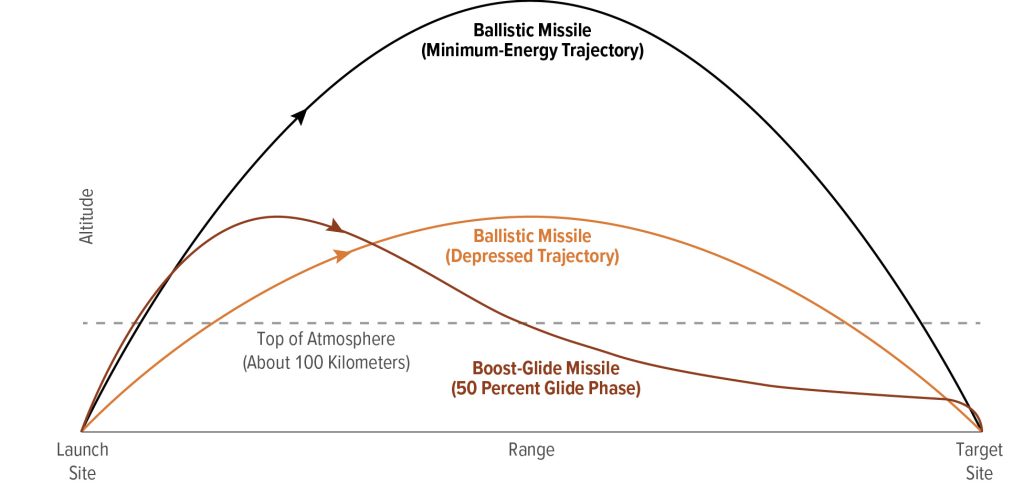As the threat of hypersonic missiles lurks on the horizon, or more aptly under the horizon, satellite-based tracking and detection systems are being developed in response. One of the main aspects of hypersonic missile systems that make them such a large threat is that we will not be able to detect them as early using our pre-existing detection systems meant for ballistic missiles as a hypersonic missile spends most of its time in the atmosphere under the horizon as it approaches its target while a ballistic missile follows a parabolic trajectory.

This crucial difference has required that Missile Defense Agency (MDA) and the Space Defense Agency (SDA) to develop new methods of detecting and tracking these weapons before they can cause any harm. In an article published by C4ISRNET on June 14, 2024, the first real-world test of this early warning system was discussed. The test was successful, and the MDA and SDA were able to track the launch of the MDA Hypersonic Testbed from Wallops Island Virginia. What was not discussed however was the cyber security risks associated with utilizing satellite assets for such a critical piece of national security.
There are multiple ways that an adversary could possibly take control or advantage of such a system to weaken or harm our defenses. An adversary could possibly take down the satellites by damaging them in some way that they would no longer be able to function preventing us from detecting their hypersonic weapon launch, they could take control of these assets and watch using them to spy on our own testing without our knowledge, it would even be possible for them to create a false missile launch scenario that would force us to reveal our counter measures. The methodology for compromising a satellite system such as this would be similar to any other space-based asset, the ground station could be taken advantage of allowing the group to communicate with the satellite unbeknownst to the operators or the satellites could be spoofed by utilizing a different ground station that mimics the real ground station. If the goal of the adversary was to simply disable the fleet of satellites they could simply take the kinetic approach and crash another satellite another satellite into them or utilize any other anti-satellite weapon (ASAT) to destroy them.
As hypersonic missile technology reaches maturity so will the defenses that counter them. Making sure that we are taking into account all attack avenues that an enemy might have and making a multi-faceted system that is not comprised of single-points of failure is the only way that we will be able to maintain security against these emerging threats.
Image Source: https://www.cbo.gov/publication/58924